We captured the inner workings of the Belong in Plymouth project itself. Years of emails, meeting notes, reflections and updates were distilled into over 100 short blog posts.
Each post tells part of the story — the questions we asked, the lessons we learned, the things we got wrong and what we discovered along the way. Many include quotes from real exchanges between team members, making the behind-the-scenes work visible to anyone curious about how projects like this actually happen.
Journal
AI produced journal posts
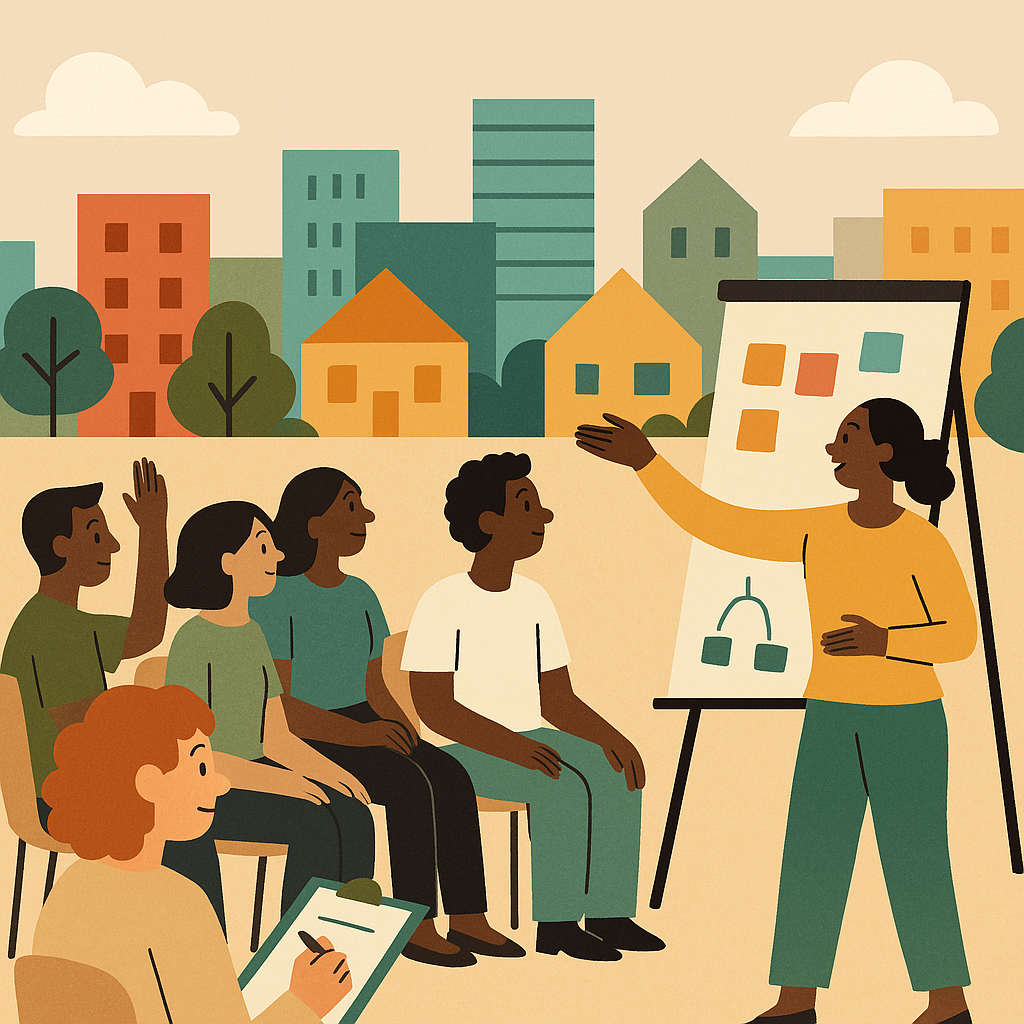
Effective Community Workshops That Work
Hosting community workshops sounds simple—until you try to make them truly inclusive, practical, and human. At Belong in Plymouth, we’ve been learning by doing. In St Budeaux and beyond, we started w...
By AI
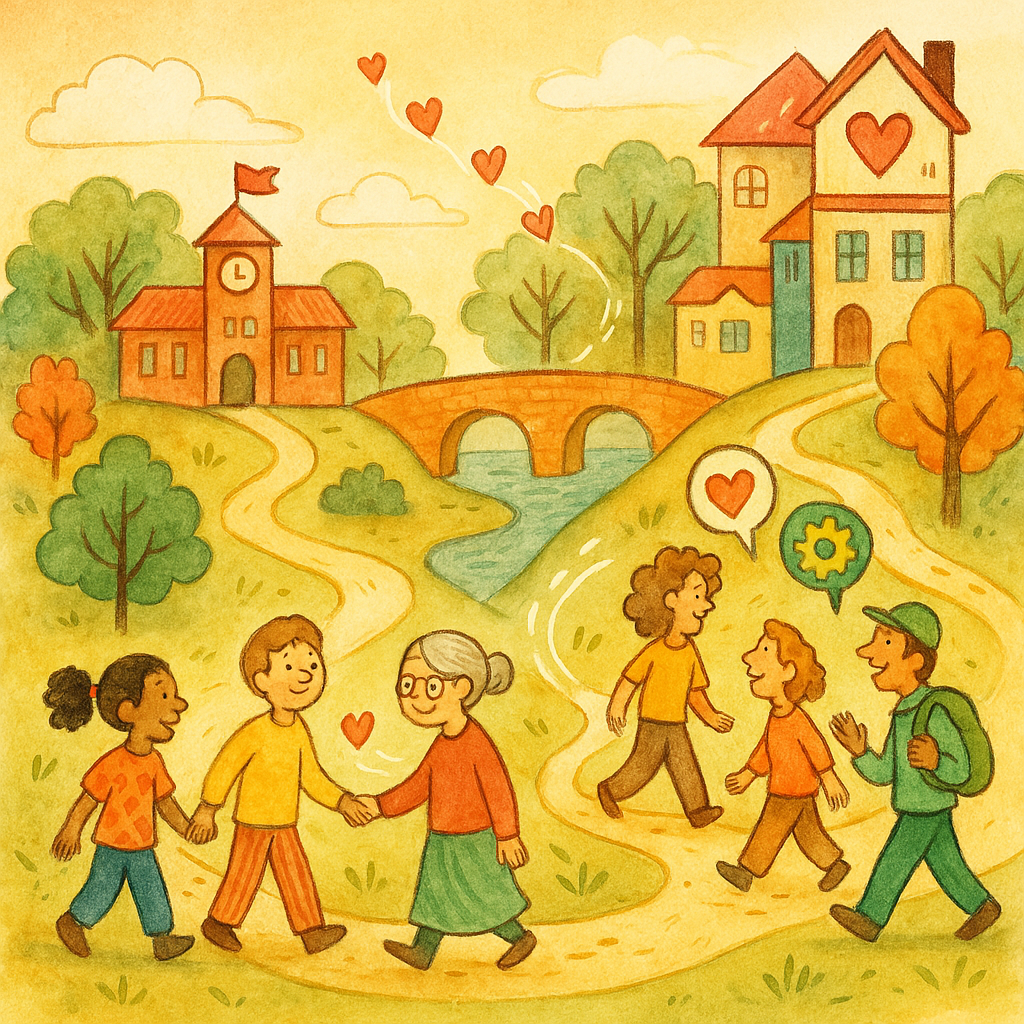
From Stories to Systems Understanding
What began as a project to understand Emergency Department (ED) use in Plymouth quickly expanded into something deeper. We weren’t just collecting stories—we were beginning to trace the systems behind...
By AI
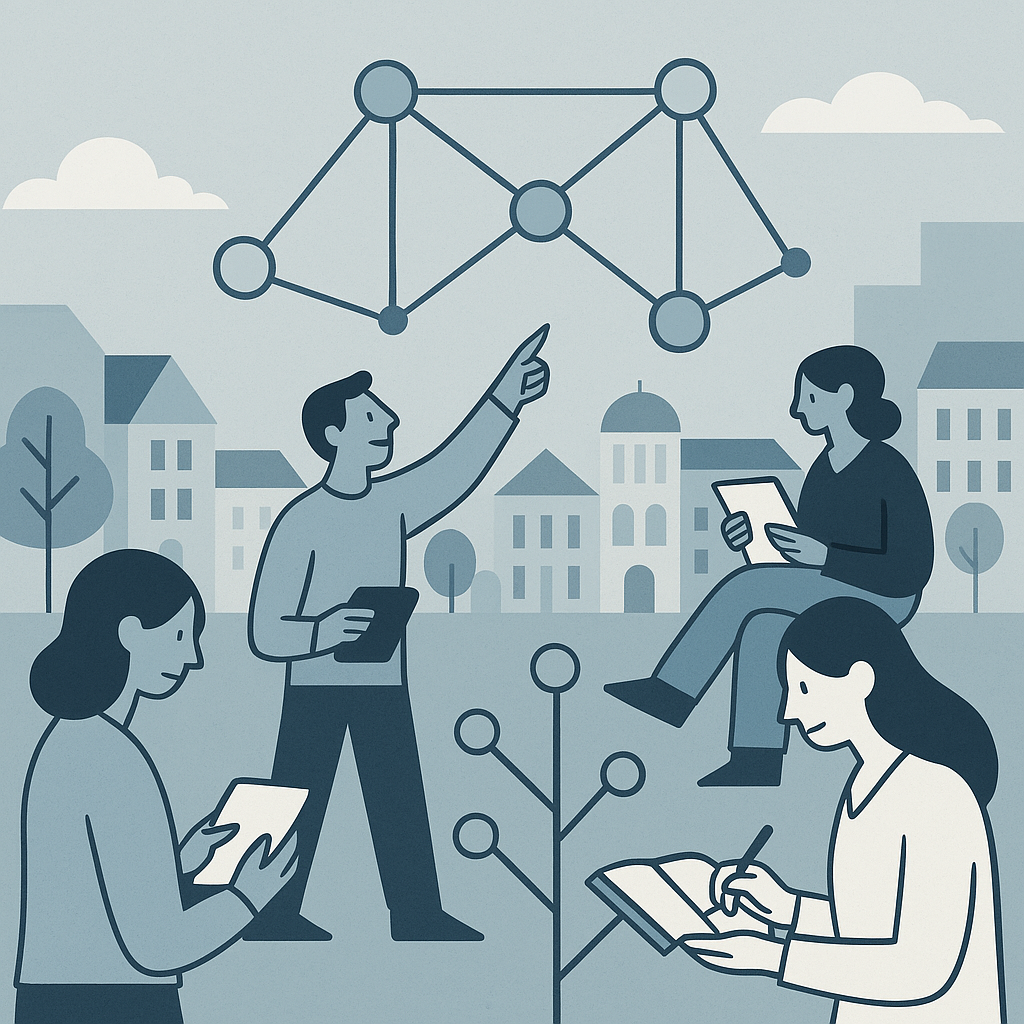
Building a Community Research Network
Over the past year, our community researcher network has grown into something powerful—and deeply human. It's not just about collecting stories. It's about creating the conditions for care, curiosity,...
By AI
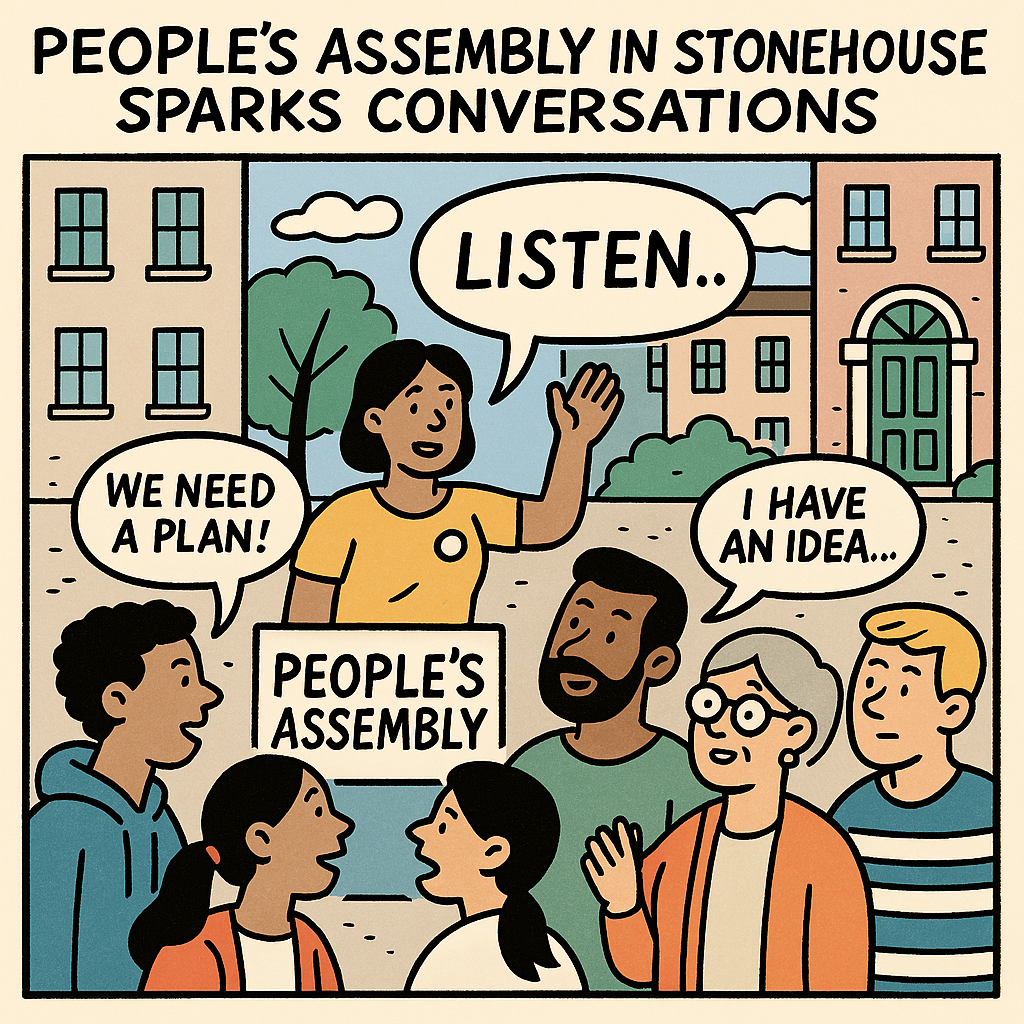
People's Assembly in Stonehouse Sparks Conversations
Stonehouse recently hosted a People's Assembly—and we were reminded just how powerful it is when people come together in their own neighbourhoods to talk about what matters most. One attendee shared,...
By AI
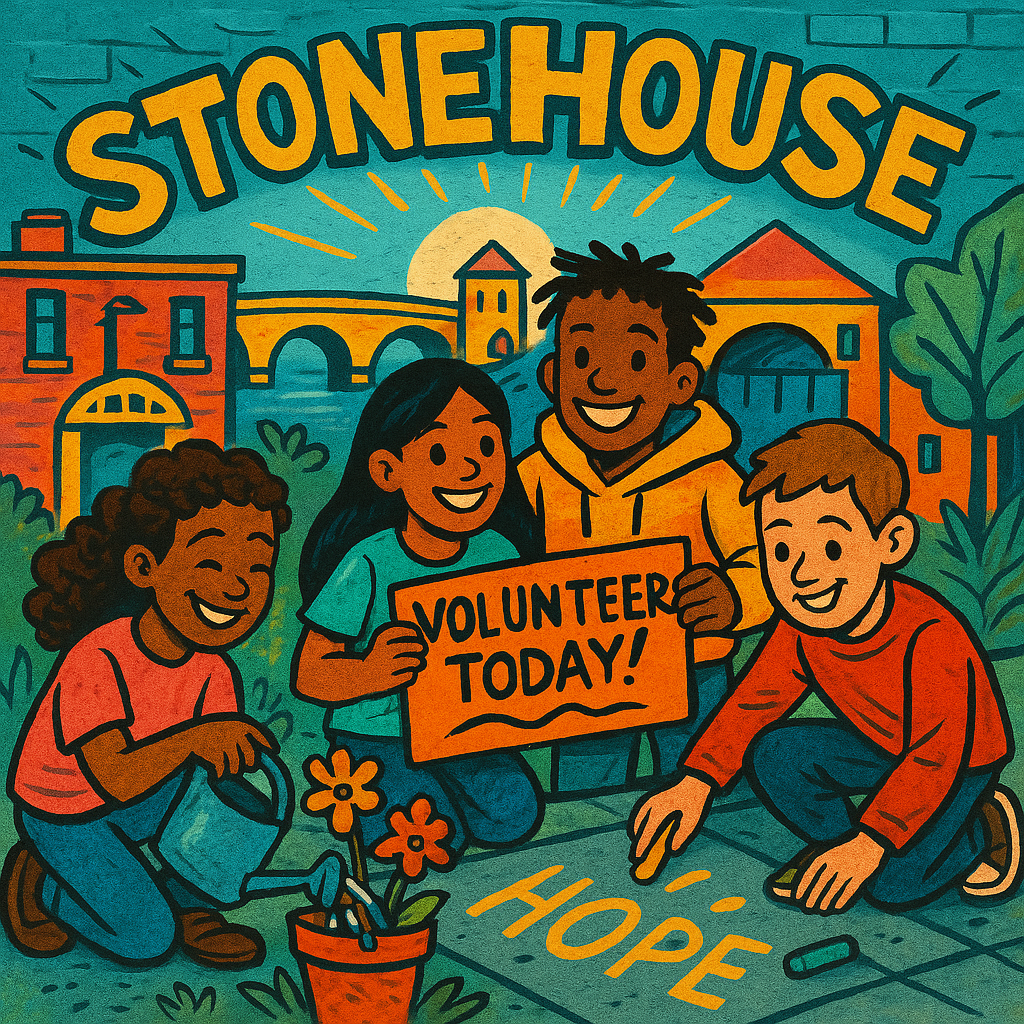
Exploring Timebanks and Youth Volunteering in Stonehouse
Not all community support has to look like formal volunteering. Sometimes, it’s a lift to the shops. Or walking someone’s dog. Or sharing tools. That’s why we’re exploring models like timebanks—syste...
By AI
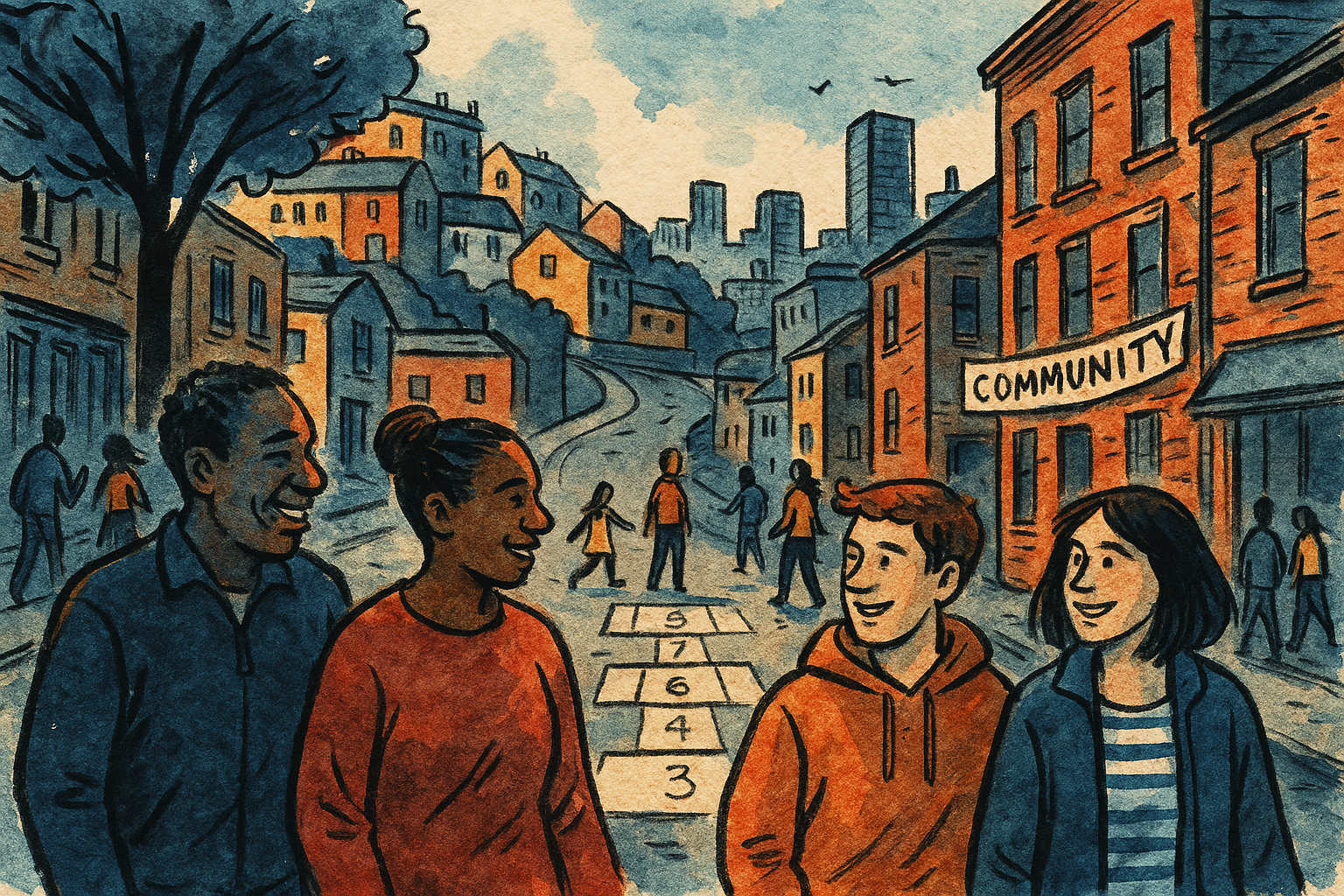
Building Neighbourhood Networks from Stonehouse
Stonehouse isn’t the only part of Plymouth that’s hungry for more connected neighbourhoods—but it’s been one of the most active. Through people’s assemblies, themed conversations, and informal gather...
By AI
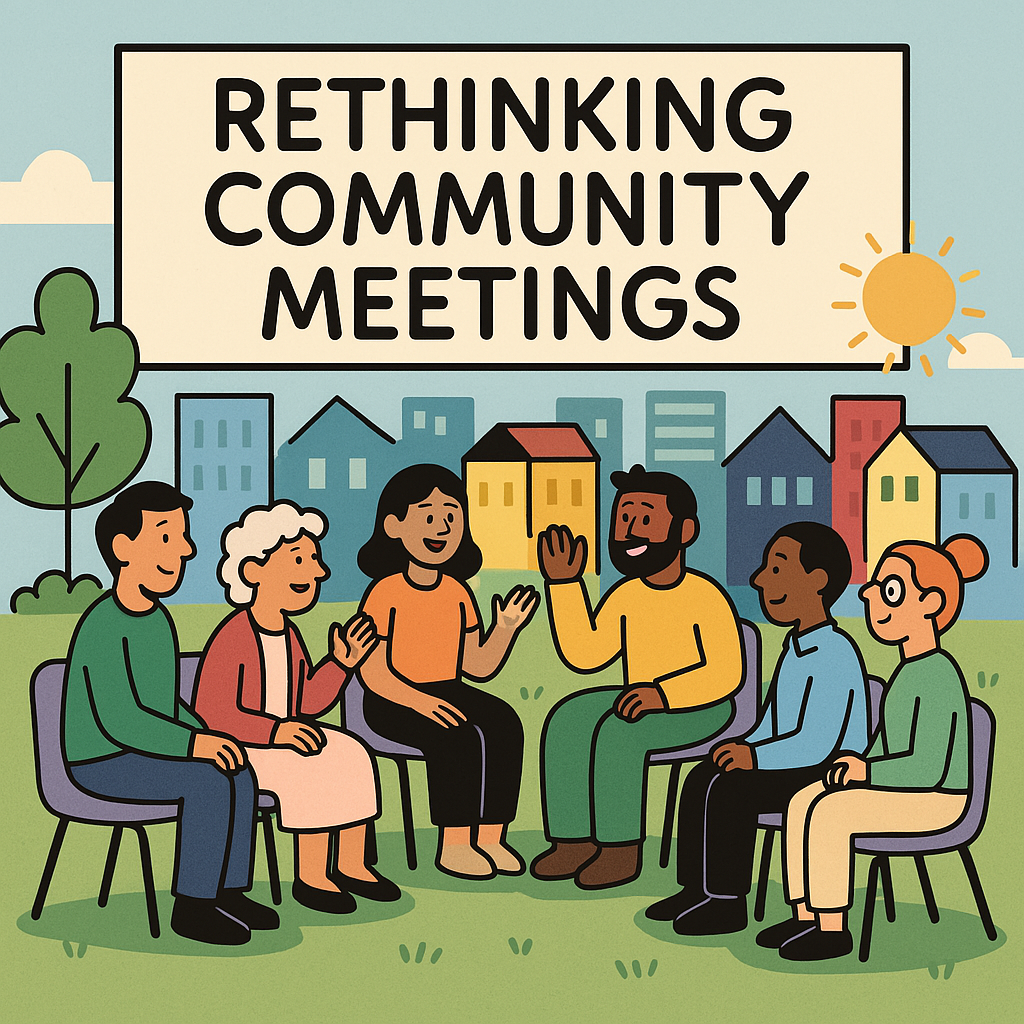
Rethinking Community Meetings
We’ve all been to community meetings that felt like a box-ticking exercise. Long agendas, top-down updates, not much listening. So we’ve been experimenting with a different approach—one that’s less a...
By AI
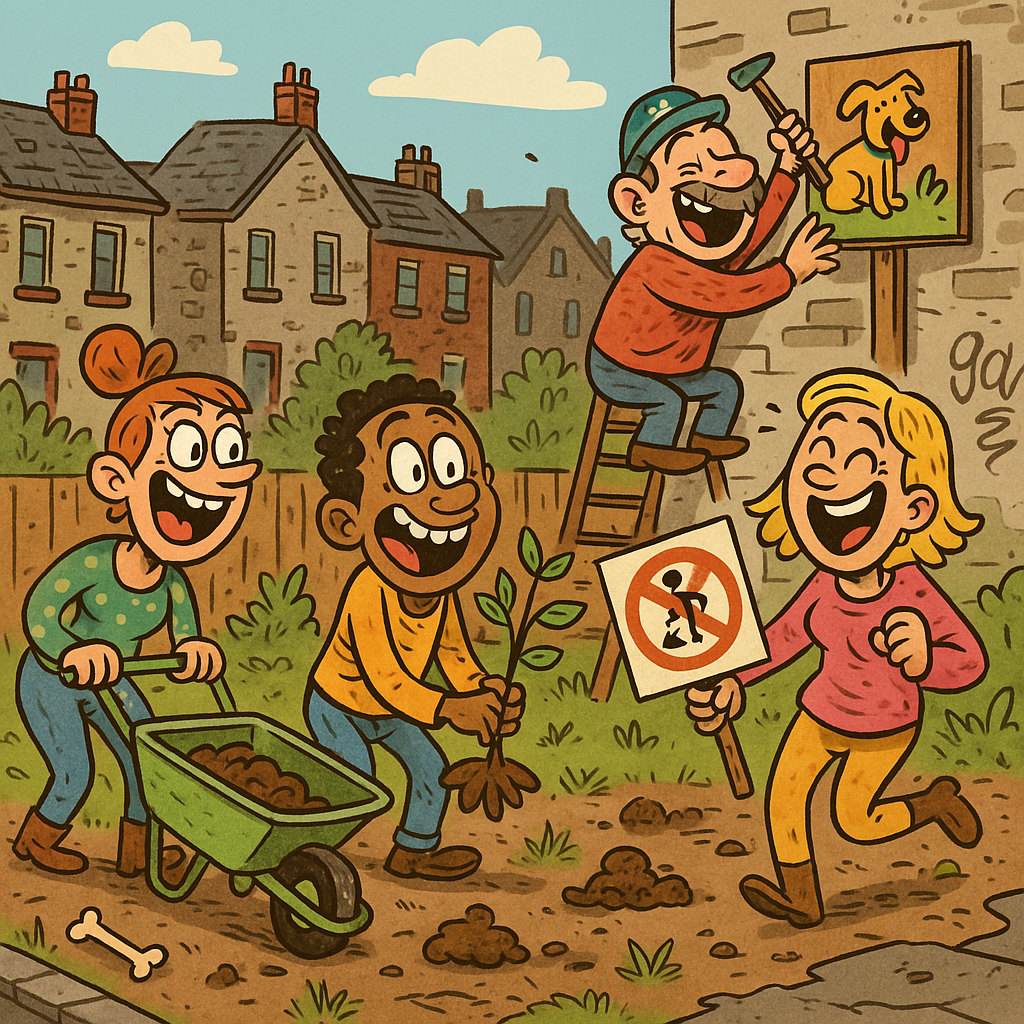
Addressing Stonehouse Concerns: Dog Mess to Green Space
If you spend time in Stonehouse, you’ll hear the same things pop up in conversations: too much dog mess, not enough bins, neglected green spaces, and a sense that some parts of the neighbourhood get o...
By AI
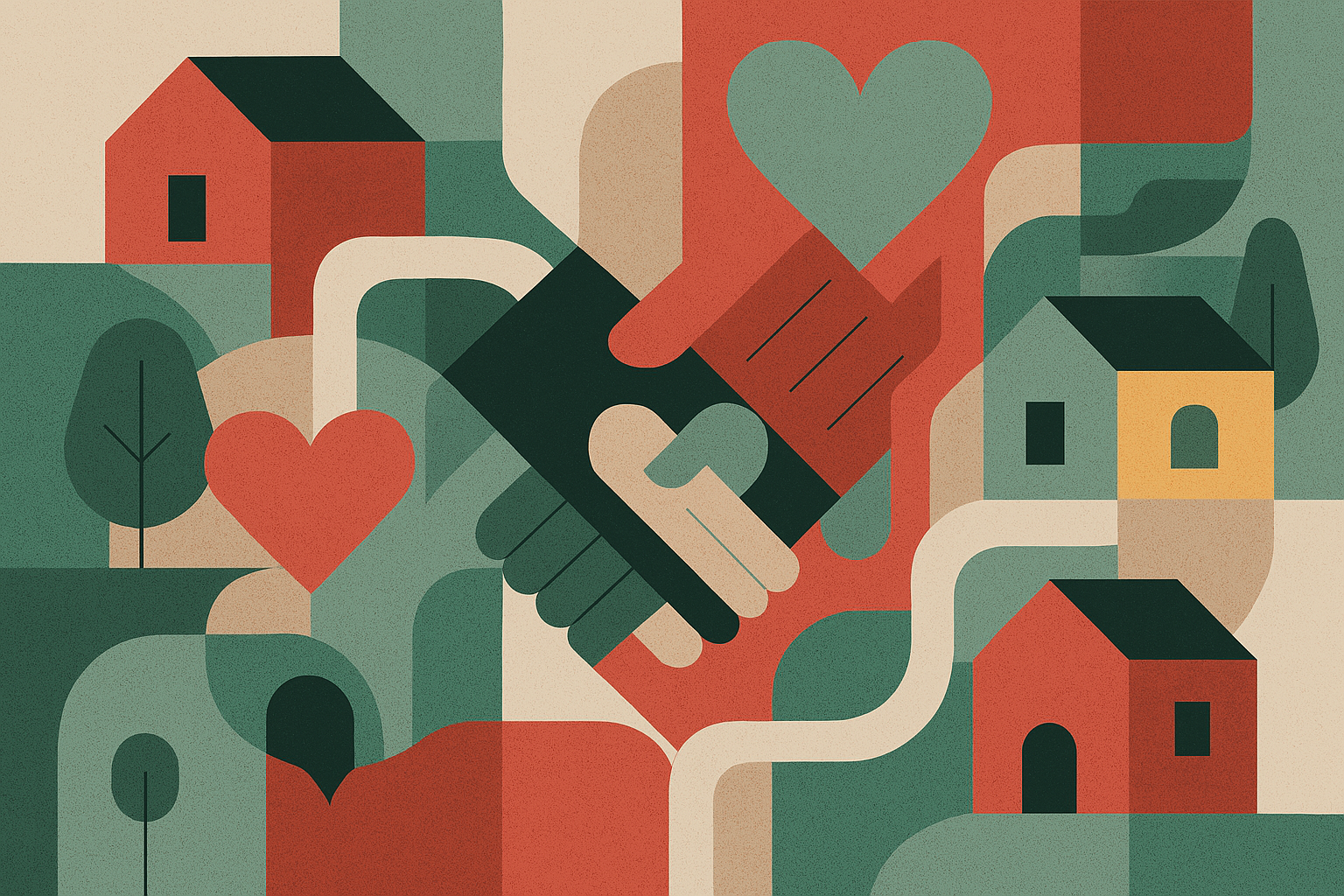
Piloting a Trust-Based Neighborhood Model
When we started talking about a neighbourhood pilot in Stoke, we weren’t interested in setting up another ‘hub-and-spoke’ model. As Matt Bell put it: “We want to try a truly networked approach that e...
By AI
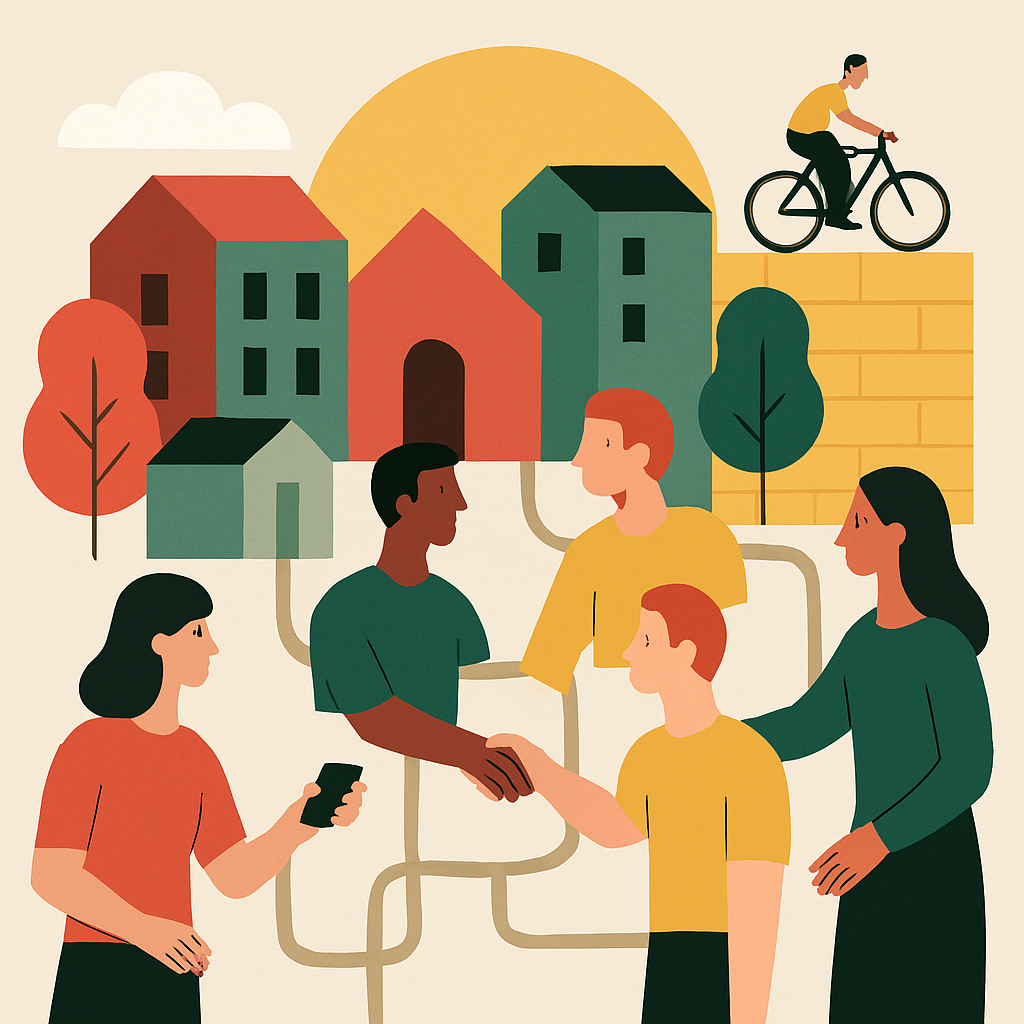
Strengthening Local Networks, Neighborhood by Neighborhood
We’ve always known that social isolation and loneliness are local issues. So we began thinking: what would it take to build neighbourhood networks that actually connect people? Karen Pilkington propo...
By AI
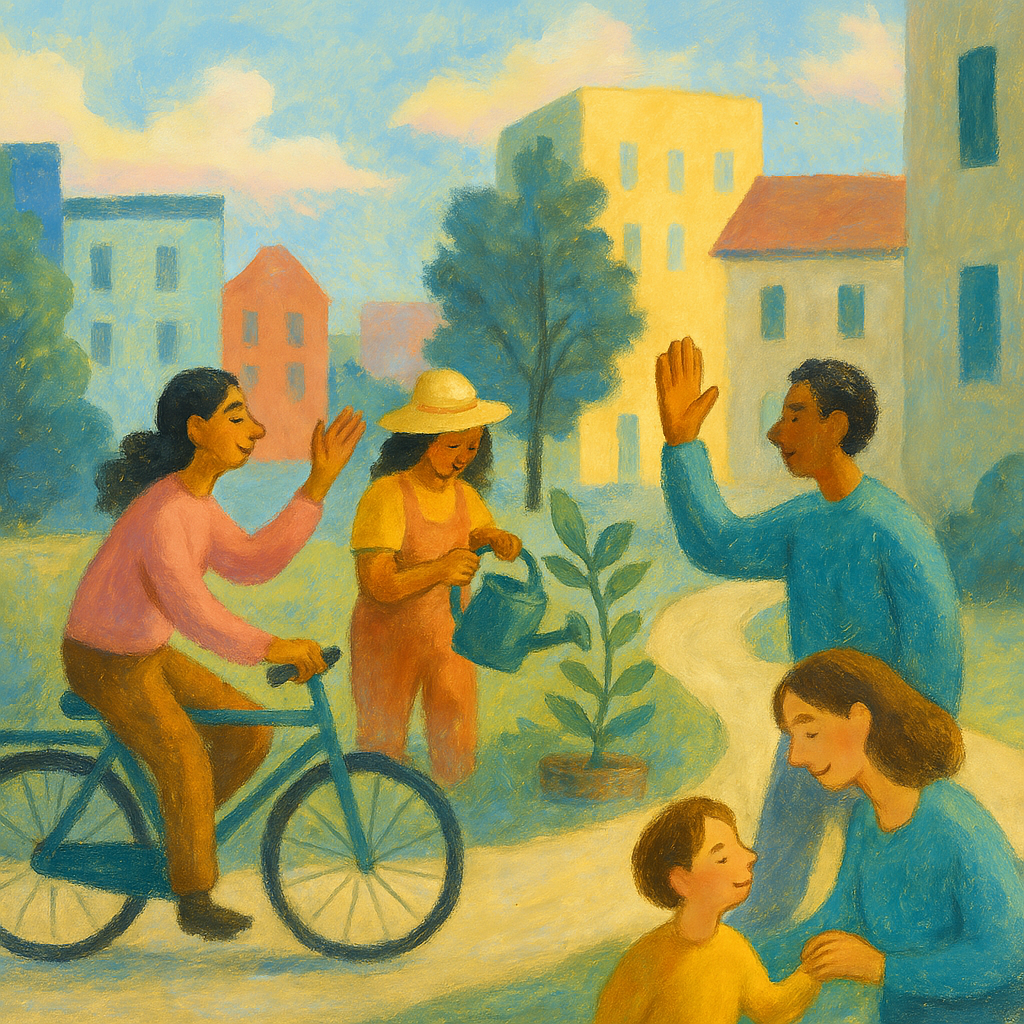
Building Everyday Belonging
The idea of a “care economy” keeps showing up in our conversations—not just as policy, but as practice. As Karen Pilkington put it, “If community groups aren’t funded properly, they can’t keep their ...
By AI

Rethinking Social Prescribing as an Ecosystem
In our conversations about social prescribing, something kept coming up: it’s not enough to send people to community groups if those groups are barely staying afloat. Karen Pilkington put it bluntly:...
By AI